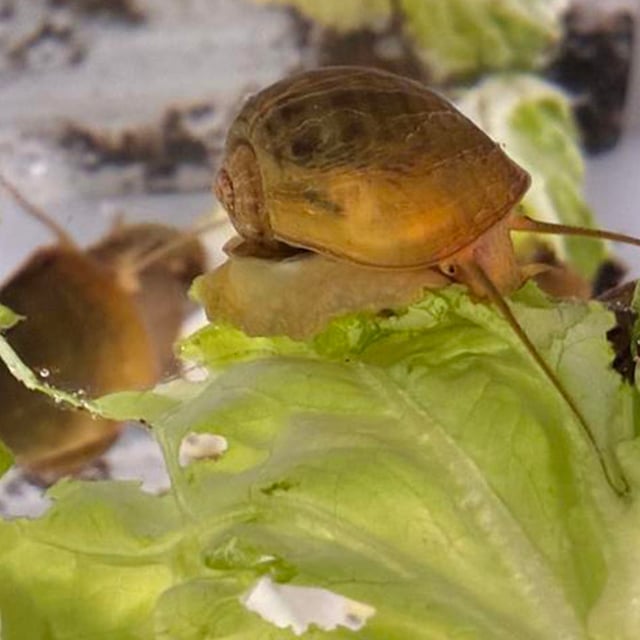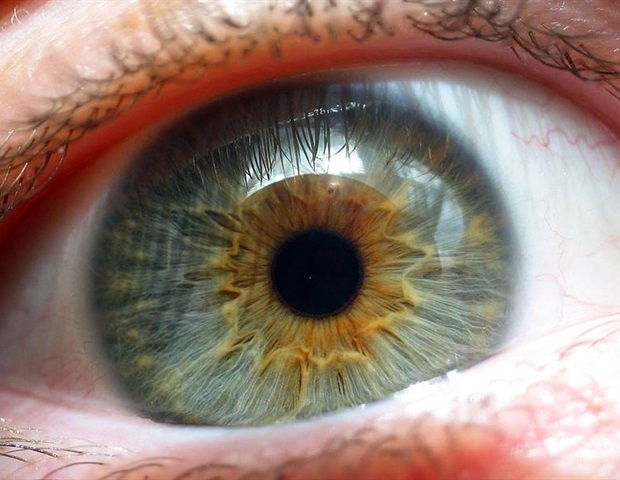Overview
- The study published August 6 in Nature Communications maps a four-stage regeneration process in golden apple snails, from wound healing to complete eye maturation in about 28 days.
- Researchers used CRISPR-Cas9 to disable pax6 and confirmed its indispensable role in both development and regeneration of camera-type eyes.
- Comparative molecular analyses across each regeneration phase identified dozens of genes shared with human eye development, yielding a prioritized list of candidates for future functional tests.
- Optimized genetic tools and the snail’s rapid lifecycle establish Pomacea canaliculata as a tractable non-vertebrate model for studying complex sensory organ regrowth.
- Ongoing work focuses on decoding the molecular switches that initiate and coordinate eye regrowth and evaluating how these insights could inform human vision-repair therapies.



